
Developer: Not Dead Design
Publisher: Whitethorn Games
Platform: Pc, Switch
Tested on: Switch
Kana Quest – Review
Learning languages has always been a difficult feat. That is why apps like Duolingo have tried to make it more interesting by gamifying the process. This is done by giving you rewards for finishing lessons and making it a fun daily habit. Kana Quest takes this idea a step further and delivers an entire puzzle game designed to learn the Japanese alphabet, hiragana.
Story
Kana Quest doesn’t feature a story in any form. It’s a puzzle game that focuses purely on the gameplay aspect. Due to the Japanese visuals and soundtrack, there is an overarching atmosphere, but no narrative bringing it together. While the story isn’t missed, it would have been nice if there were some sort of lessons included to get started with the hiragana.
Graphics
Like a lot of indie games, Kana Quest features a nice and bright pixelated art style. The levels of this game are split into different worlds, each featuring a beautiful background. This will let players travel through different sceneries of Japan, from the neon lights of Shibuya to the fields of mount Fuji.
All puzzle pieces are decorated with a cute face, changing depending on which type of tile it is and how good you’re doing. This is a very useful feature to distinguish all the specific rules when multiple special blocks are on the board. This, together with clear hiragana symbols, creates something enjoyable to look at.
Sound
Just like how every world in the game is represented by a unique art style, there is a different song for each world and the levels in it. Each song matches the location it is featured with and delivers a fun atmosphere. The game is pretty much a throwback to the games of yesteryear. Aside from a visual representation of the hiragana on each tile, there is also the possibility to get an audio cue featuring the specific letter, delivering not only the option to learn the symbol but also the pronunciation.
Gameplay
The Japanese alphabet consists of two letter sounds, like ‘ko’ or ‘su’. These letters are each represented by a symbol unique to this alphabet. Knowing the meaning and sound of each symbol is a crucial part of learning the language. This is where Kana Quest tries to make it a more fun experience, by turning this learning process into a puzzle game.
Each level consists of a number of blocks with hiragana symbols that can be moved around. The puzzle is solved when all blocks are connected to another one featuring at least one shared letter. So will ‘ko-ni-no’ need to be arranged as ‘ko-no-ni’ to complete the level. The fewer moves you make, the better your score and the more levels you can unlock. Later in the game, more special blocks are added to the game, like mystery ones that you have to figure out or ones that can only move in one direction.
While it does seem like a good tool to learn hiragana, the reality is much different. There is no part of the game that actively helps to learn the symbols before using them in a level. You can ask for visual or sound prompts to show what the symbol means to help you on your way, but this is not an effective way to remember the meaning. After a while, every puzzle turns into a button-mashing experience which can be rather frustrating. There is an option to get the entire alphabet with its meanings to study the symbols, but this doesn’t feature any differences from just looking up a list online.
Aside from the troubles of learning hiragana, the puzzles can also be quite repetitive and unoriginal. This makes it a game that you won’t pick up every day, which is an essential factor when learning something as difficult as a language.
The game does however include a few features to make the experience more enjoyable. Not only is there an option to unlock all levels and worlds, making it possible to skip less interesting levels, but it is also possible to set the game to katakana, a second alphabet used in Japan. Aside from these options, the game also features the option to play with a controller or touchscreen controls in handheld mode. While the controller support is useable, the game shines when using the touch controls. Things like double-clicking feel more natural on a screen than on a button. These features make the game an interesting addition for someone who is already familiar with the Japanese alphabet or who is actively learning. But for people looking to learn hiragana, there are much more effective options.
Conclusion
Kana Quest tries to deliver a fun learning experience but fails in the educational department and thereby ruining most of the puzzle part, making it feel like the educational part was an excuse to produce a cheap puzzle game. A vibrant art style and soundtrack can make the game a fun experience for people who are already learning the Japanese language and are looking for something to do between lessons, but this is definitely not a useful tool for newcomers.
Kana Quest - Review,1 Comment
Leave a Reply
You must be logged in to post a comment.

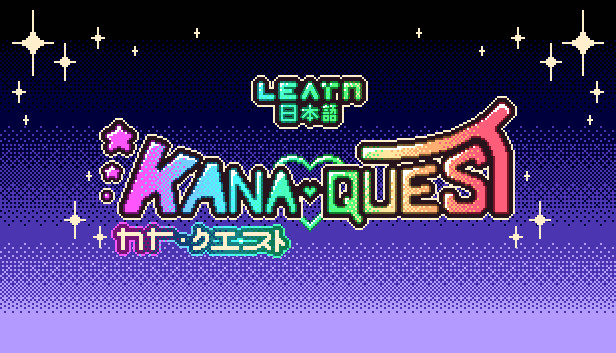
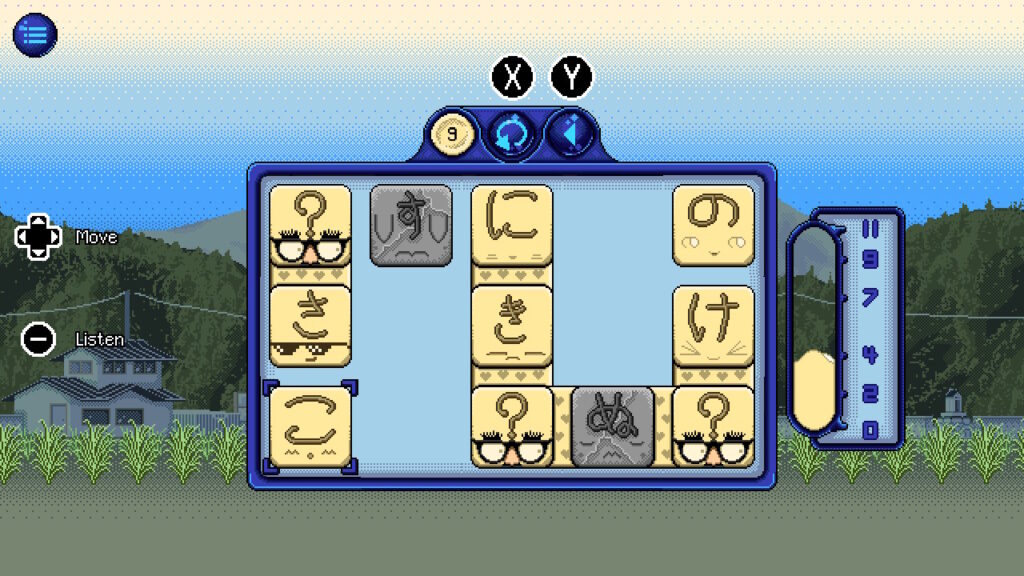
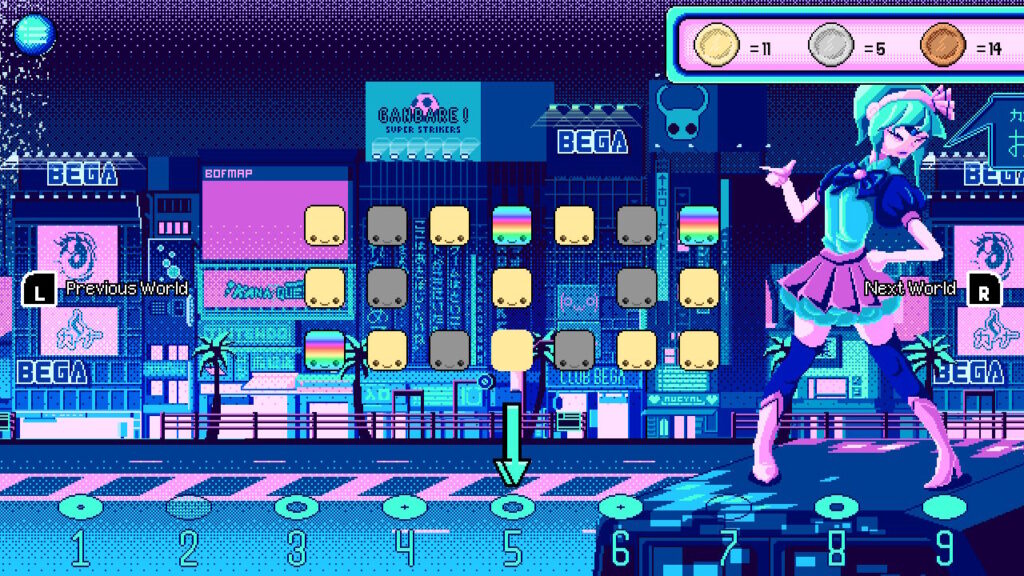


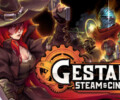

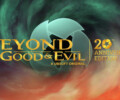

[…] while ago we took a look at Kana Quest, a puzzle game that aimed to teach the Japanese alphabet to players. As it turned out, this […]